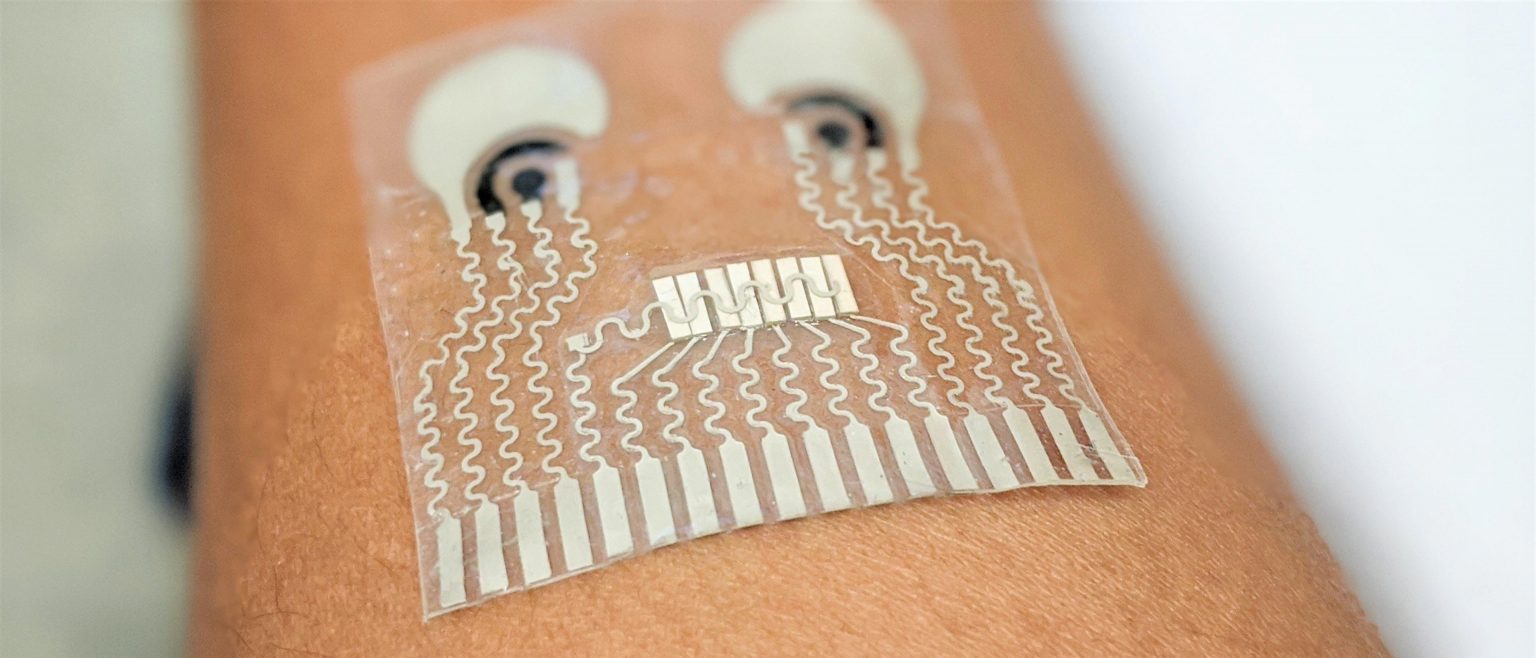Imagine a new aged device for the tech enthusiast that gives double the power boost! Enter the age of a new, sleeker, more slim-lined design when it comes to wearable tech for the health industry.
Instead of wearing two downtrodden devices, health professionals can now have instant access to a range of crucial data such as:
- Alcohol levels
- Glucose levels
- Lacticity levels
- And BP (blood pressure) levels
How Does it Work?
All these components are crucial in remedying a vast range of health-related issues pertaining to effective treatments in the lives of individuals. It has many benefits attached to it. One is that it can be used to monitor patients during the ongoing COVID-19 pandemic by protecting health care workers from face-to-face appointments, thus eliminating the further spread of the virus via physical contact.
This patch is stuck on the patient, and there is a high possibility of it being extended to other faculties such as military personnel and athletes. This stick-on device works on the premise via a range of intricately linked wires that transmit ultrasound waves.
The ultrasound waves that are being transmitted back to the patch’s hosting device is so dynamic in nature that it can detect a blood vessel underneath the derma as far as four centimeters in depth.
What the Patch Will Look Like
The best of all is that this device will resemble a patch-like tattoo that is applied to the skin of a human. No more unsightly, burdensome devices to look forward to in the very near future! The proof of concept is already underway in its first phase by the prototype being tested on laboratory workers.
The workers’ daily coming and goings have been both monitored and put through its paces. The workers were informed to try and bent the device to test its durability, and it has passed the test with flying colors.
The data from the device is transmitted back to a computer host and is connected via a range of cables. Currently, the development team is in the process of seeking ways to eliminate the wires needed to connect it to a computer as well as seeking ways of making it a cost-effective solution for all industries to adopt.
They have promised that big things are on the horizon.
Reference:
1. UC San Diego
2. Nature Journal
Image Credit: Wang lab/UC San Diego






